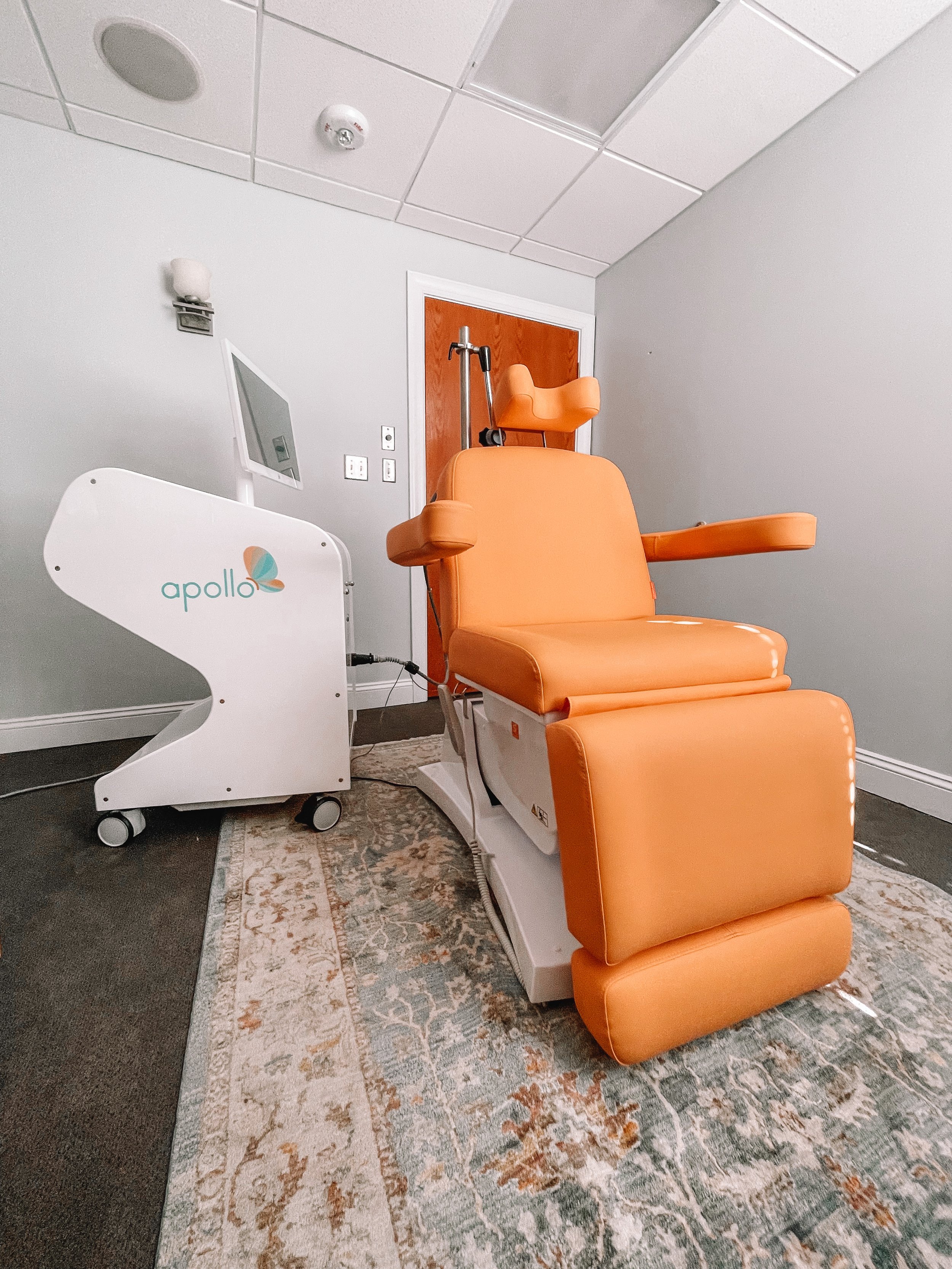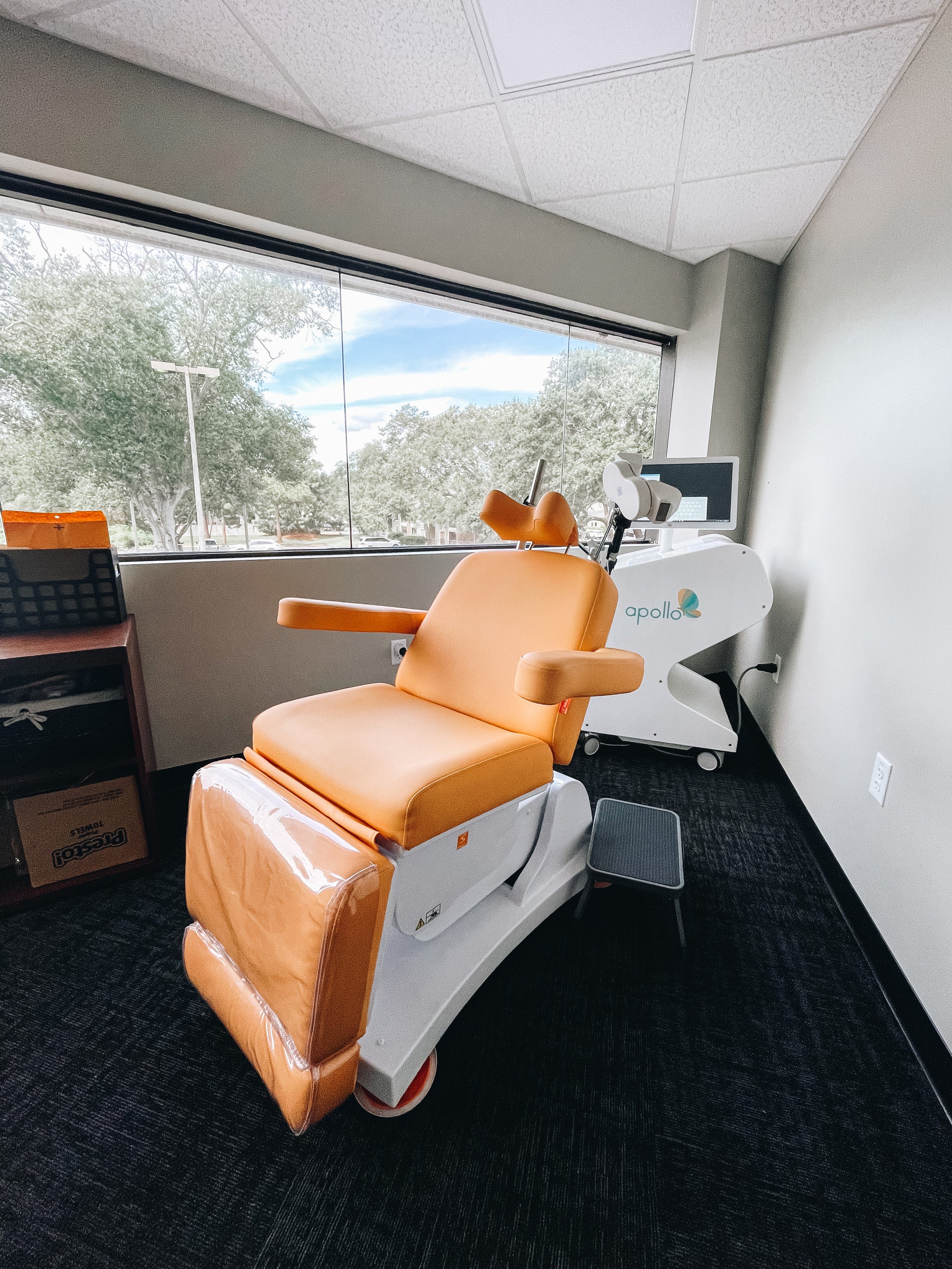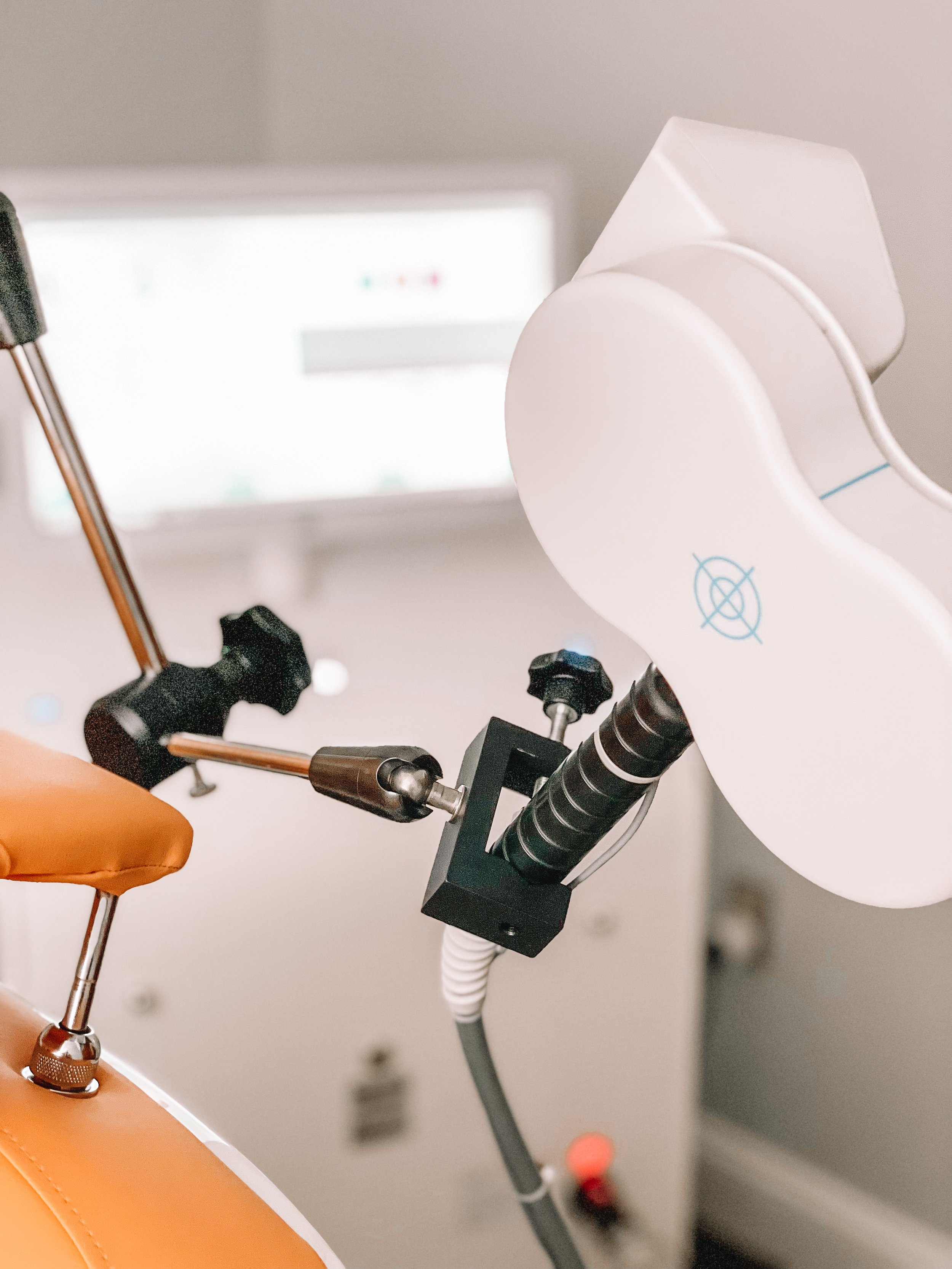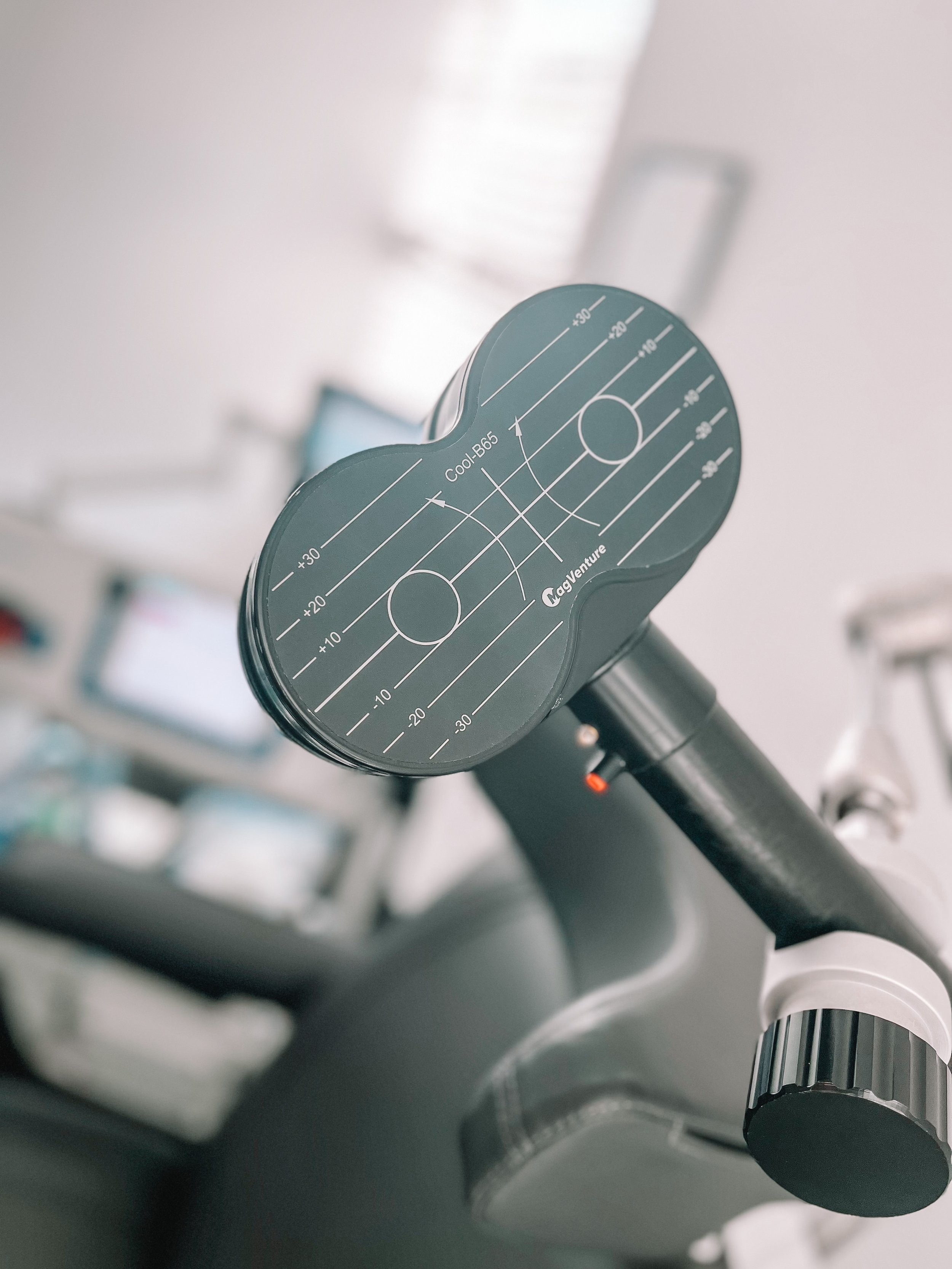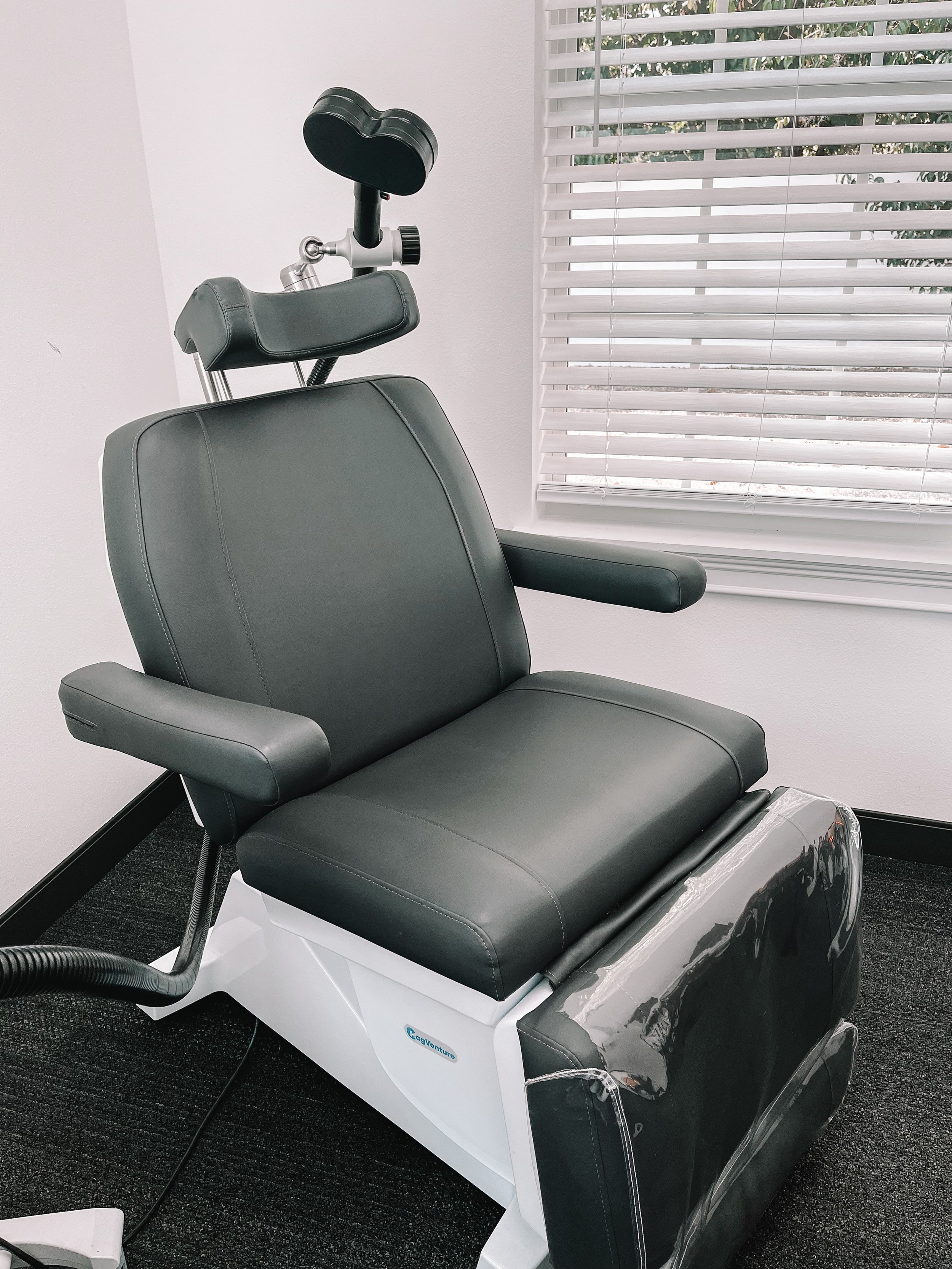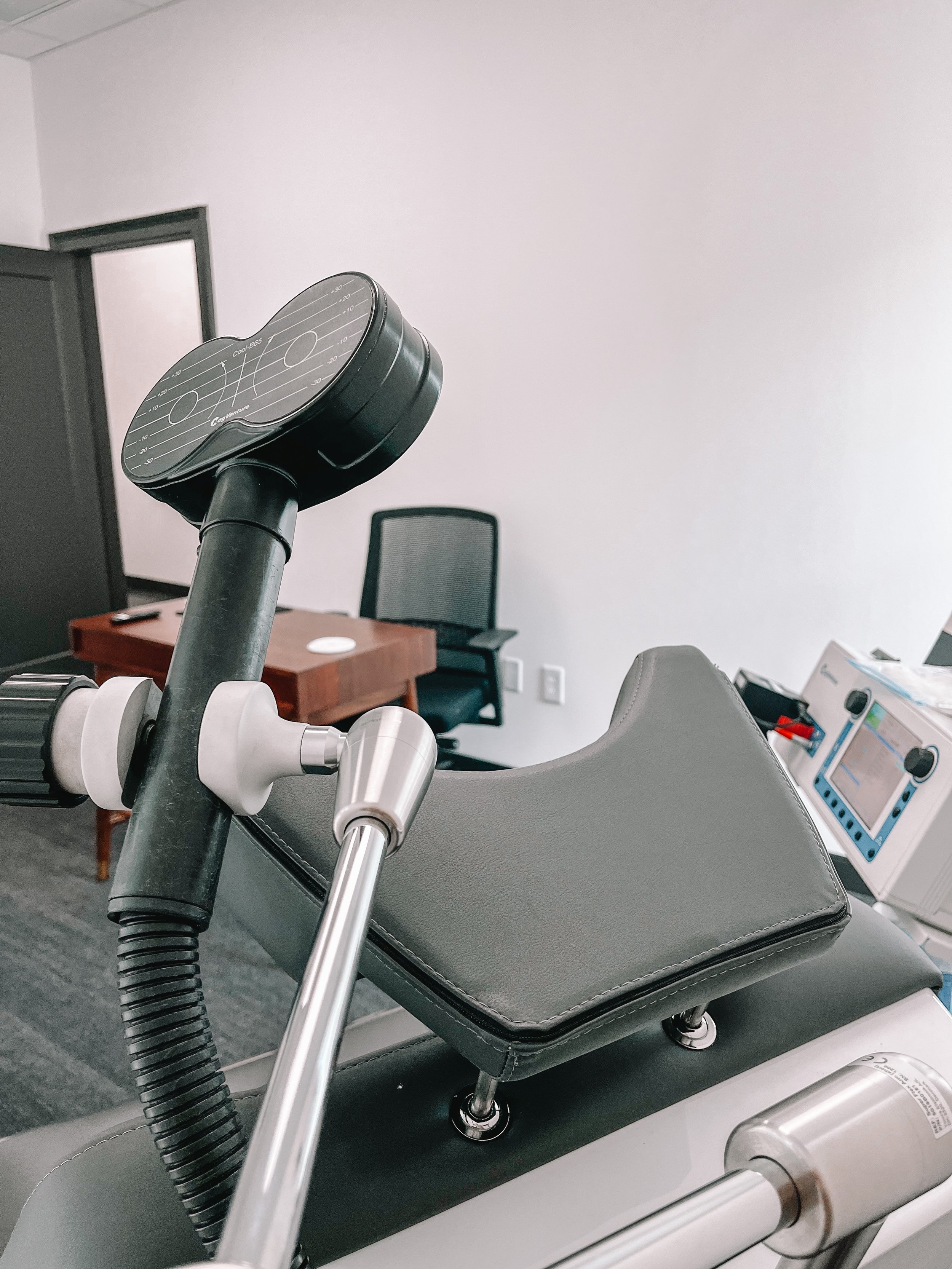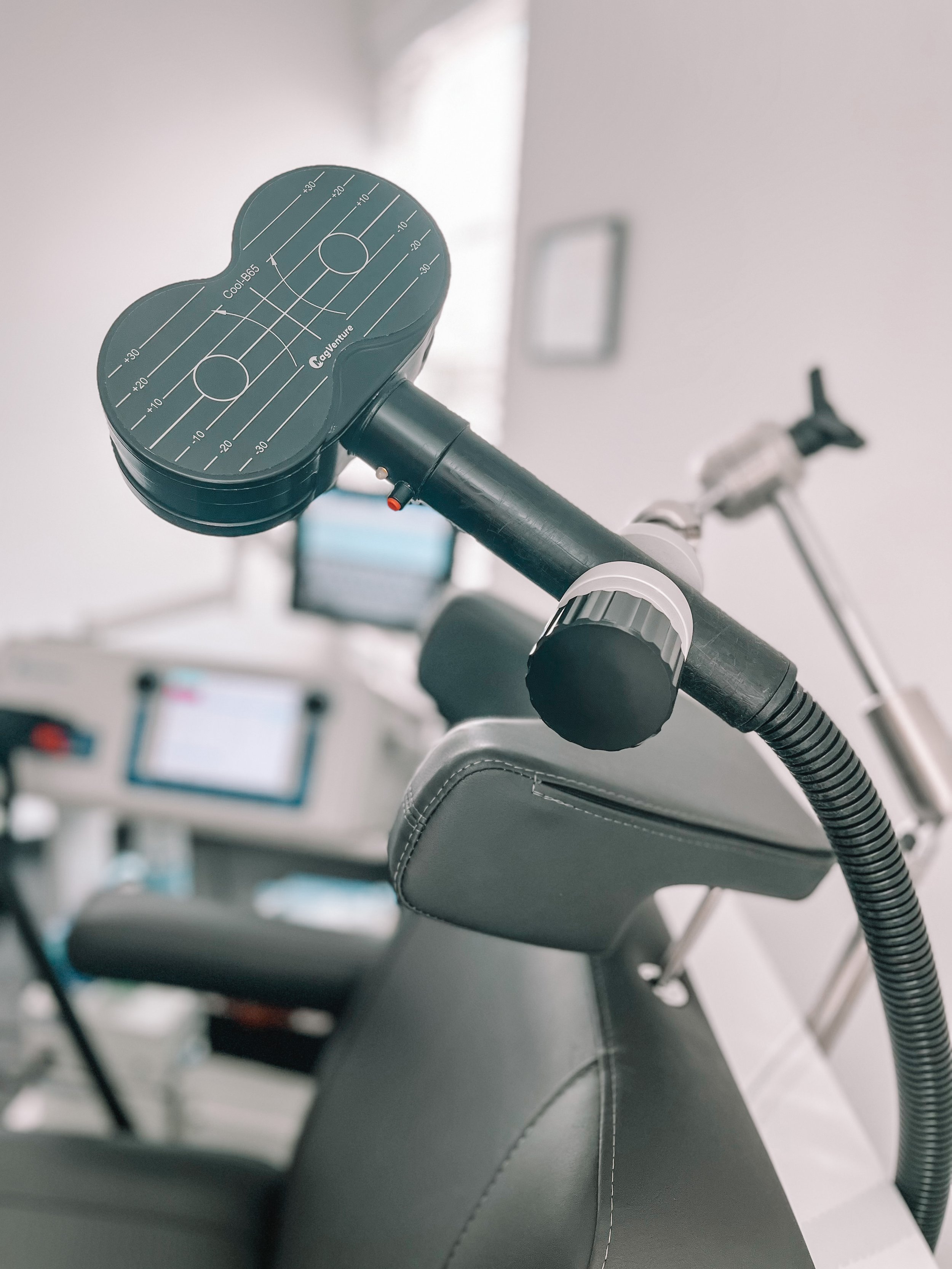We are now offering the FDA-approved and insurance-covered treatment, Esketamine (Spravato), at The Neuropsychiatry and TMS Group.
Esketamine is a molecule that is the mirror image of the better-known ketamine. Ketamine was initially FDA-approved as an anesthestic to be used during surgical procedures. In the early 2000s, it was studied for the treatment of depression. Interestingly, ketamine was found to be rapidly acting, with antidepressant effects noticed within hours of injection. It was also found to be short-lived, with the antidepressant effect lasting only for several days. Another very important finding was that it potently and rapidly decreased suicidal thoughts.
Apart from the remarkable effects on reducing depression, ketamine became a particularly interesting treatment for depression due to its novel mechanism of action. It didn’t work like any other antidepressant that was FDA-approved. It was theorized that ketamine improved depression by increasing the production of brain growth factors called neurotrophins, and thereby stimulating growth of neuronal connections.
Ketamine does not absorb very well when taken orally. As such, the initial clinical trials were conducted with intravenous (IV) administration. This made more wide-spread usage of ketamine for depression rather difficult.
A drug company then began testing ketamine’s mirror image, esketamine, in an intra-nasal formulation (nasal spray). After rigorous testing, esketamine was FDA-approved in March of 2019 for the treatment of major depressive disorder and also for suicidal thoughts. It was specifically approved for depression which had not improved with antidepressants, which is called treatment-resistant depression (TRD).
The clinical trial results found esketamine to be very effective in both response (over 50% improvement of depression) and remission (over 90% improvement of depression). It was also found to be effective in keeping depression at bay once it improved or resolved.
In the esketamine clinical trials, safety was looked at in detail. The participants who were given esketamine were much more likely than those given placebo to have the following symptoms: disassociation, sedation (feeling tired), dizziness, nausea, tingling sensations, dry mouth, and increased blood pressure.
Of the side effects, the most unusual for an antidepressant was the dissociation. Dissociation includes the following descriptions: feeling weird, spacey, loopy, floating, visual disturbances, trouble speaking, confusion, numbness.
The good news was that in the vast majority of cases, these side effects resolved within two hours. Because of these side effects, the FDA decided that esketamine should be given only in doctor’s offices or a hospital setting. They required a two-hour monitoring period after administration of esketamine. It was also required that after receiving esketamine, people should not drive until the following day.
The FDA outlined the following treatment regimen: Two treatments per week for the first month, then one treatment per week for the second month, and then one treatment every other week for month three and beyond.
Although the treatment process is somewhat cumbersome, those with depression would agree that it is worth it to finally achieve relief. In my psychiatry practice, it is very common to treat folks with depression that has lasted for years and has not improved with traditional antidepressants. Esketamine has been long-awaited by the psychiatry community. We are grateful that this novel, effective, and safe treatment is now available.


